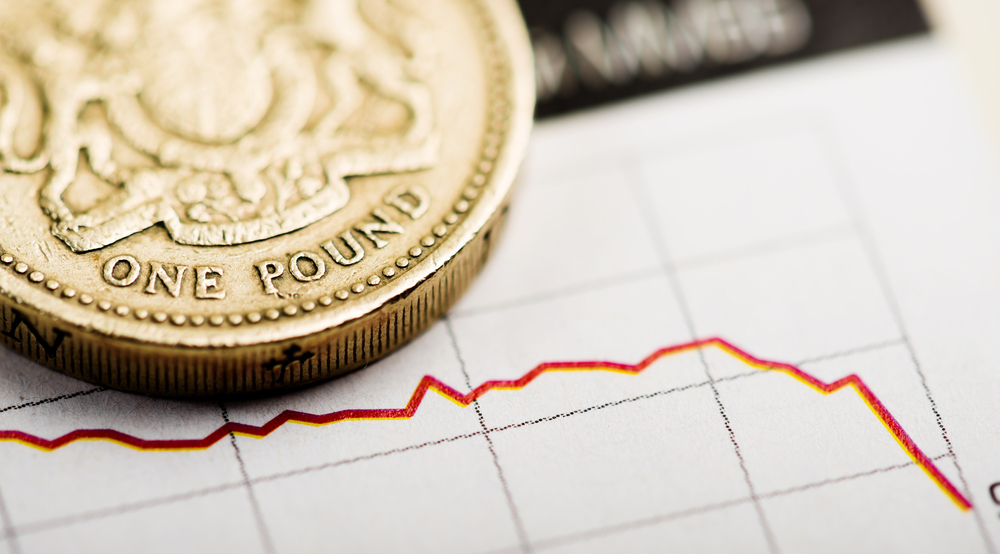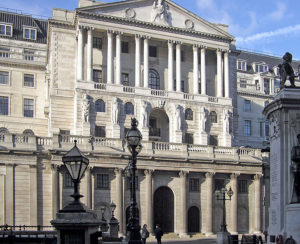Sterling's- and Everybody's- Crisis

On September 23rd, Britain’s ex-Chancellor of the Exchequer, Kwasi Kwarteng, announced a mini-budget containing a range of tax cuts intended to boost the country’s sluggish productivity and economic growth. Sterling quickly fell from $1.13 to $1.08 and yields on British government debt spiked.
Kwarteng’s mini-budget was widely blamed for this, but sterling was losing value against the dollar before that: it stood at $1.35 on December 31, 2021. There are other factors driving sterling’s fall and, while it might be the most acutely affected so far, what largely ails it is ailing other currencies – and economies – too.
When Covid-19 hit in early 2020, the British government, like others, shut down its economy and locked down its people to slow the spread of the virus. Like other governments, Boris Johnson’s Conservatives – with overwhelming cross-party support – passed vast spending packages to fund support payments. As a result, ‘Public sector net borrowing’ – the budget deficit – came to 14.4% of GDP in 2020/2021, its highest level since World War Two.
The government was concerned that this surge in the amount of borrowing would push the cost of borrowing up, a concern shared with the fiscal and monetary authorities in other countries. So, as in other countries, to avoid the doomsday scenario of the amount and cost of borrowing rising at the same time, the Bank of England opened up a direct line of credit to the Treasury. Total government borrowing between March 2020 and July 2021 was £413 billion and the Bank of England purchased 99.5% of that – £412 billion – with newly printed money.
As in other countries, the result of this newly printed money entering an economy whose capacity to produce the goods and services available for it to buy had been battered by COVID-19 and surging inflation. Britain’s Consumer Price Index rose by 0.4% in the year to February 2021: in the year to July 2022, it rose by 10.1%.

The Bank of England, mandated to keep inflation at 2%, was forced to act, but it has done so slowly when compared to other central banks. While the Federal Reserve has raised the Fed funds rate by 75 basis points in its last three hikes, the Bank of England stuck with hikes of 25bp until June, when it increased the base rate by 50bp. It was expected to raise the base rate by 0.75bp at its meeting on September 22 – the day before Kwarteng’s mini-budget – but only did so by 0.50bp, surprising markets and signaling that it would maintain a relatively tolerant stance towards inflation.
Even so, these rates hikes have, as in other countries, pushed up borrowing costs. The yield on 10 year gilts has risen from 1.809% on August 1 to 4.282% at present. This is happening just as the government has announced a cap of £2,500 on the typical household energy bill until 2024, a measure which could cost up to £150 billion. That doomsday scenario of the amount of borrowing rising at the same time as the cost that all that money was printed and inflation generated to avoid, is here all the same. The vast money printing of 2020 did not ‘prevent economic disaster’, as some recent commentators have suggested, it merely postponed it.
The Bank of England needs to drop its dovish stance and raise interest rates faster. It shouldn’t do this to hit the external target of a particular exchange rate – within a week after the mini-budget, sterling had regained the ground lost against the dollar – but to meet the internal target of low inflation. A not insignificant part of the story of sterling’s weakness is the dollar’s strength – the euro, for example, has fallen from $1.14 on January 2 to 0.96 currently. Targeting the exchange rate with a strengthening currency would be to repeat the error of sterling’s last crisis, its disastrous membership of the ERM in the early 1990s.
These are grim times for sterling but the story that brought it to this pass – vast government borrowing, monetization of this debt, rising inflation, and increasing interest rates – is not unique to Britain. Other currencies could soon be joining sterling in the tank.
John Phelan is an Economist at Center of the American Experiment.
